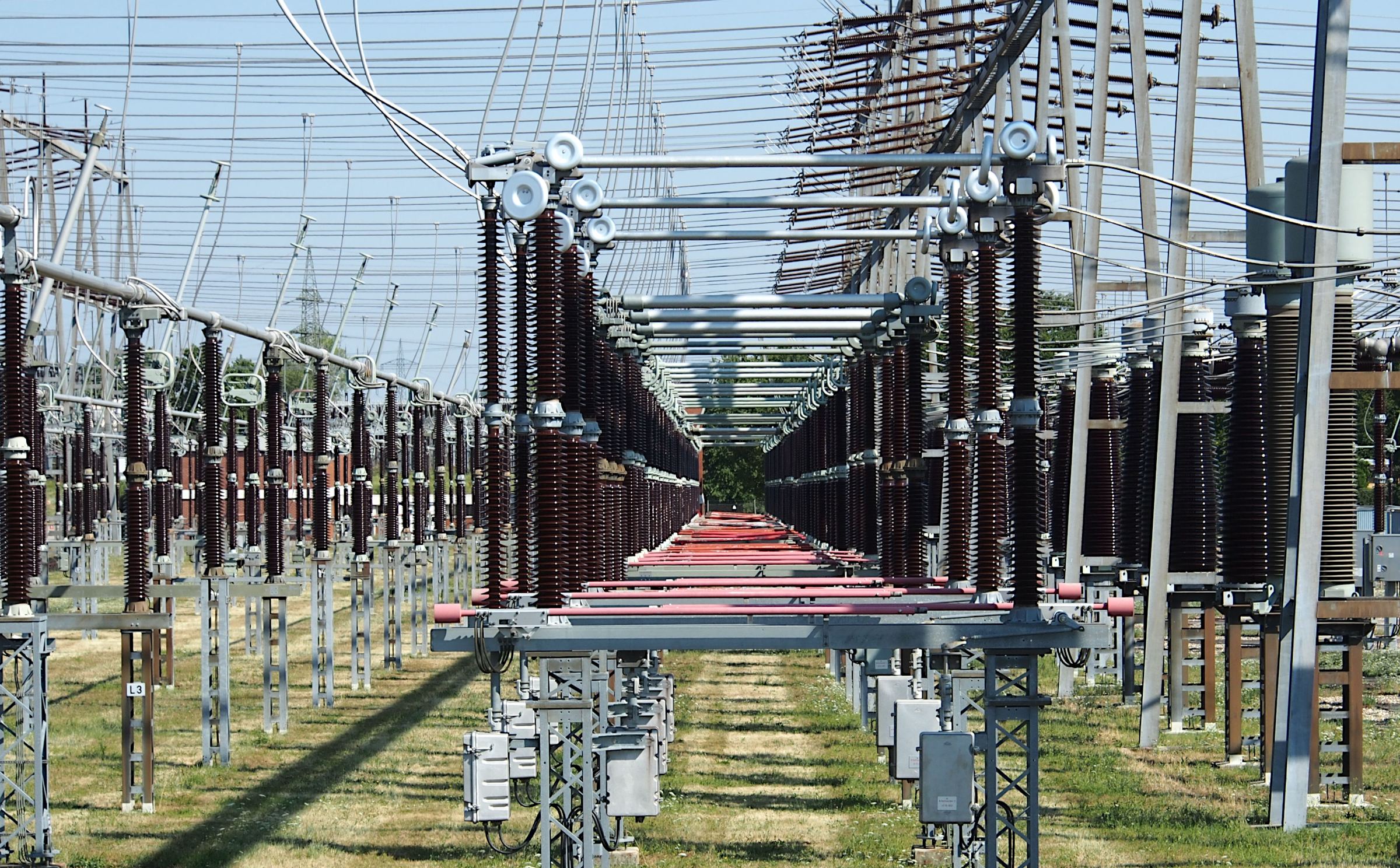INFLUENCE OF P-INP DOPING DENSITY ON THE PERFORMANCE OF SPUTTER-DEPOSITED ITO/INP HETEROJUNCTION SOLAR CELLS
Keywords:
InP Solar Cell, Heterojunction, RF Sputtering, Doping Density, Ideality Factor, Reverse Saturation Current, Recombination-Generation Current, Injection-Diffusion Current, J-V Characterization.Abstract
This work presents a comprehensive and systematic investigation into the effects of varying the p-type doping density (N<sub>A</sub>) of the Indium Phosphide (InP) base layer, from 1×10¹⁵ cm⁻³ to 1×10¹⁸ cm⁻³ on the performance and underlying electronic transport mechanisms of ITO/InP heterojunction solar cells. The devices were fabricated by depositing ZnCdS and Indium Tin Oxide (ITO) window layers onto single-crystal p-InP substrates using radio-frequency (RF) sputtering at an optimized temperature of 450°C. Current-voltage (J-V) characterization under dark and illuminated (AM1.5G) conditions was employed to extract key photovoltaic parameters open-circuit voltage (V<sub>OC</sub>) short-circuit,current density (J<sub>SC</sub>) fill factor (FF) efficiency (η) reverse saturation current density (J₀) and diode ideality factor (A). A profound and systematic shift in the dominant current transport mechanism was observed. As N<sub>A</sub> increased, J₀ decreased dramatically by eight orders of magnitude from 1.01×10⁻⁸ A/cm² to 1.09×10⁻¹⁶ A/cm². Concurrently, the ideality factor A decreased from 1.70 to 1.07. This trend provides conclusive evidence of a transition from recombination-generation (R/G) current dominance within the space-charge region to injection-diffusion (I/D) current dominance. This transition directly resulted in a significant improvement of V<sub>OC</sub> from 0.913 V to 1.087 V and FF from 79.72% to 82.43%. Although J<sub>SC</sub> decreased from 23.23 mA/cm² to 19.34 mA/cm², likely due to reduced minority carrier diffusion length from increased ionized impurity scattering, the net effect was a peak conversion efficiency of 17.32% at N<sub>A</sub> = 1×10¹⁸ cm⁻³. This study conclusively demonstrates that base doping density is a critical and powerful parameter for engineering the electronic transport properties specifically for suppressing deleterious R/G currents, and for optimizing the overall performance of ITO/InP heterojunction solar cells.















